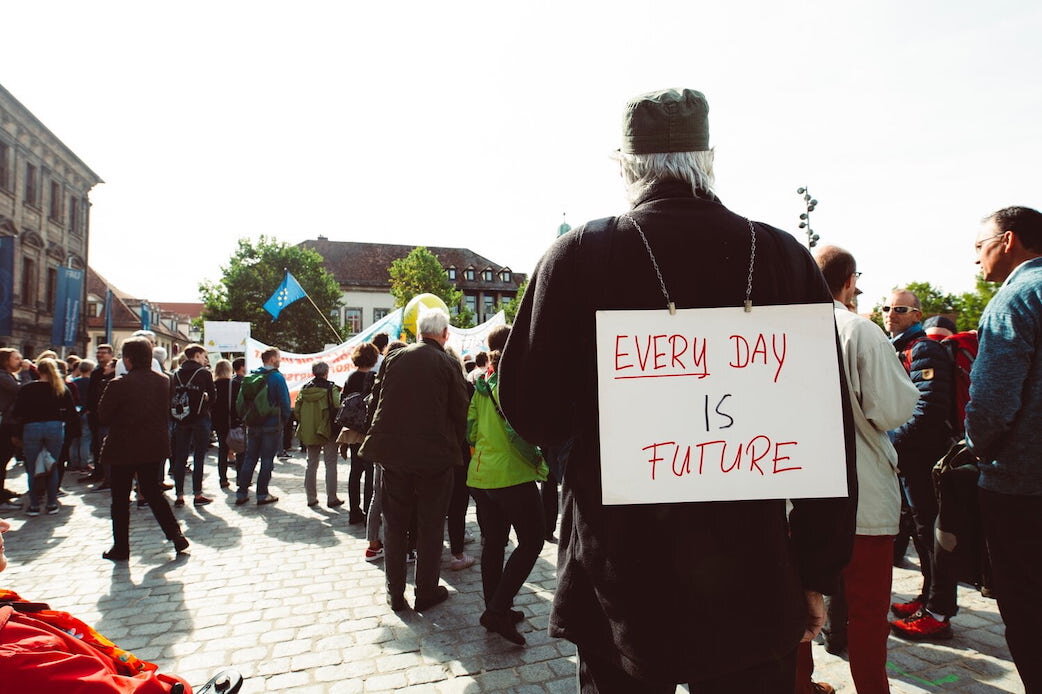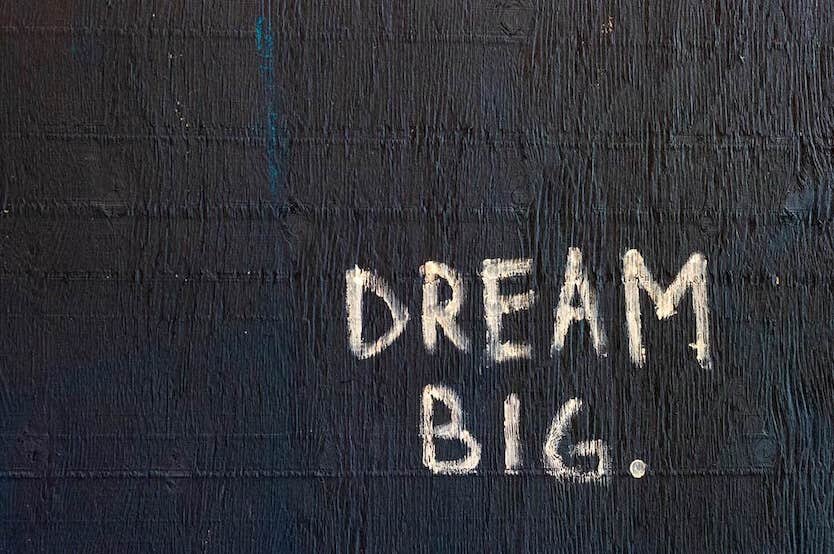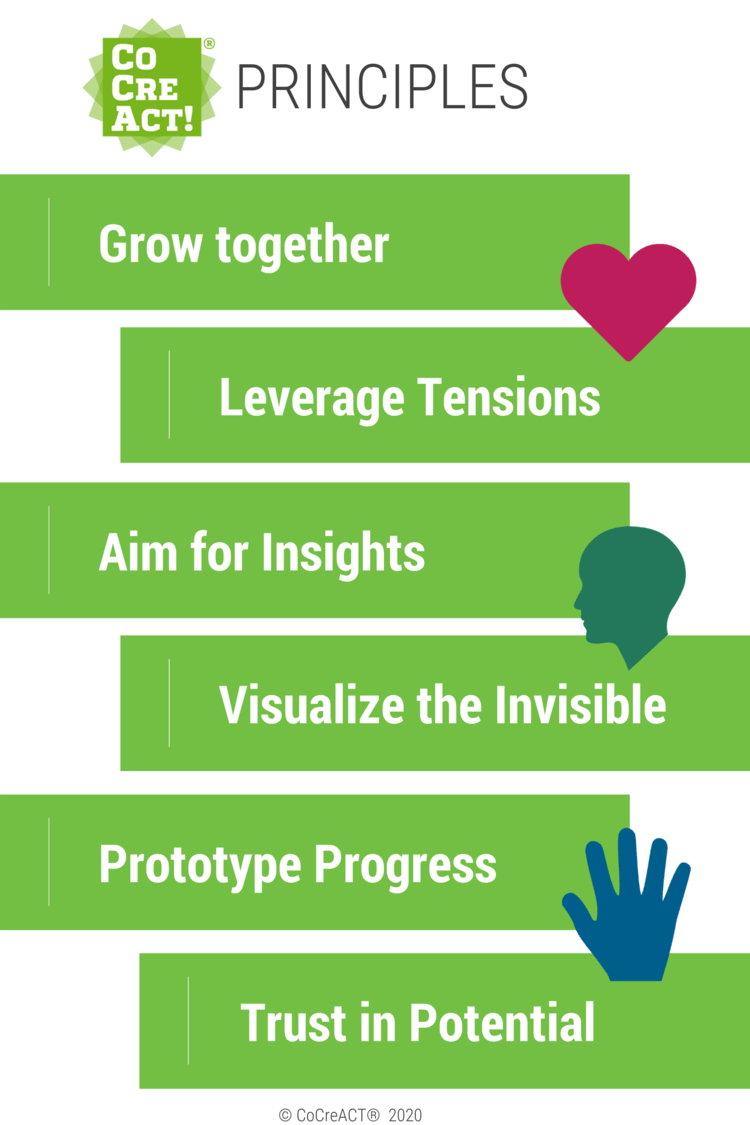Ambiguity Activism is Transformation Design
What on earth is Ambiguity Activism?
Markus Spiske - Unsplash
Our world needs more ambiguity activists.
Let us explain what that is and you will understand why we care.
Simply defined, activism is about taking action to improve the situation. Such actions are rooted in the belief that a situation can be better and that it’s possible to create change through individual and collective agency. Familiar examples of activists include:
Greta Thunberg, the Swedish environmental activist whose efforts launched a global movement, Fridays for Future, and mobilized youth to stand up for climate change
Malala Yousafzai, a young Pakistani woman who stood up for the rights of females to receive education
Martin Luther King, Jr who championed civil rights in the United States in the 1950s and 1960s
As we have alluded to in other posts, ambiguity is not a new phenomenon, but it is suddenly more evident as the new normal. We are all experiencing the turbulent effects of the global pandemic and the dismantling of life as we knew it. Now is as good a time as any (if not better than ever before) to embrace the possibilities hidden in ambiguity and take actions to create new worlds.
Activism is a combination of hope and actions. While it can be about building movements, it is mostly about moving: Activists see the possibility of change and act on it. They embrace the risks and the uncertainty because they have hope for something which is yet unknown but different from the present and promising. The potential to gain trumps what may get left behind. We hope for a better future to be possible, and simply because it is possible it calls for action.
Ambiguity Activism is transformation design.
Activists see glimpses of hope for the future through signs in the present situation. This future is not some fantasy or fairy tale; rather it is an aspiration that is triggered by something that is already showing in the here and now. Activists aren’t afraid to start on a journey and move step-by-step into the uncertainty. Sometimes they move slowly, with caution, while other times the situation demands speed and agility and bold leaps ahead. As they pursue their purpose, they animate the creativity of others and encourage the like-minded and like-hearted to meaningfully engage in the cause. No matter their pace or purpose, activists understand that the only way to face an ambiguous future is to co-create it.
Nearly five decades ago Herbert Simon wrote “to design is to devise courses of action aimed at changing existing situations into preferred ones.” Though he was describing design, he may as well have been talking about ambiguity activism which is, fundamentally, a commitment to taking actions in uncertainty that produce positive change.
Activism involves deliberate efforts to ensure that we don’t continue to make the same mistakes in the future that we realize we are making today. So essentially, ambiguity activism is a form of transformation design.
But why now?
Honestly, as we said before, why the heck not?!?
Randy Tarampi - Unsplash
Now is as good a time as ever.
And now is as ambiguous a time as we have ever seen in our lifetime. The global pandemic and its consequential disruptions to our familiar systems have awakened us to the truth that uncertainty is all around us. So we have a choice: do we ignore the ambiguity and try to return to a status quo that will never truly be restored? Or do we allow ourselves to let go of what is past and imagine new possibilities?
Co-creating new futures requires us not only to act differently but also to think and feel differently. The time has come to return to our humanity, to reclaim meaning in lives that haven't been consumed by (and for) technology and workplace demands. As disaster historian Rebecca Solnit describes with “we want lives of meaningful engagement”, more and more people see value in working agile, in self-organizing, in purpose-driven organizations. They want meaning and meaningful engagement with hope as the trigger.
Due to the current crisis, we are experiencing a shift in attention and intention. The time is ripe for us to shift our thoughts from worrying about what we stand to lose to excitement for the catalytic question: What do we hope to gain?
Where to start…
So, you are now ready to explore ambiguity activism? Great!
But where to begin? Good question…
Much as we wish it were so, it’s nearly impossible to choose to suddenly have a new mindset. Of course we can decide to adopt a new way of thinking, but our mindset is subtle and deeply embedded in who we are. We recently heard someone describe it as a Personal Operating System. So true! Although our mindset shapes our behaviors and choices, it takes much more than a single choice to change our mindset.
We could rather compare it to learning a new language. You probably won’t start dreaming in Indonesian tonight simply by choosing to want to. And you probably won’t all of a sudden radically shift the way you approach ambiguity simply by reading an article. We don’t mean to disappoint you, but it’s taken us years to pick up new languages and years to become Ambiguity Activists.
CoCreACT® Principles
Here is the good news: To make it easier for you, we channeled our experiences, insights and research about ambiguity into a set of six guiding principles that provide a helpful framework for navigating ambiguity.
Together they activate three pillars of co-creation: how we interact, how we make meaning and how we evolve. A great place to start practicing the Ambiguity Activist mindset is to apply these principles in your own life and work. Reflect on what works (or not) and how it feels and why. We will share more about the six principles in the coming weeks.
The good news is that you can absolutely start right now. In order to develop an Ambiguity Activist mindset begin by understanding and experimenting with simple tools in your daily life. These kinds of experiences help you to build the skillset that you can practice until you develop both mastery and mindset.
Our Thriving in Ambiguity - Virtual Summer Retreat is your opportunity to kick-start your ambiguity skills. Our CoCreACT® community is a great place to start if you are looking for inspiration and like-minded people across the world. Just as you’d do with language learning: We begin with the basics (i.e. alphabet, grammar, verbs) that allow you to practice communication skills (i.e. conjugating, conversating) until you develop fluency.
And if you start dreaming of ambiguity please totally tell us about it. That sounds awesome!



